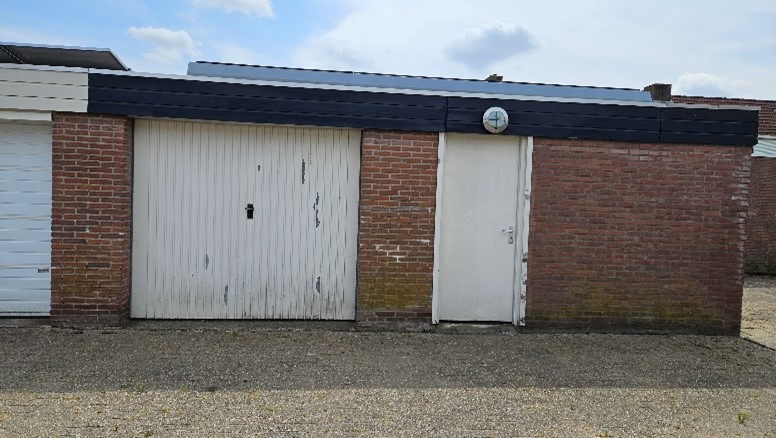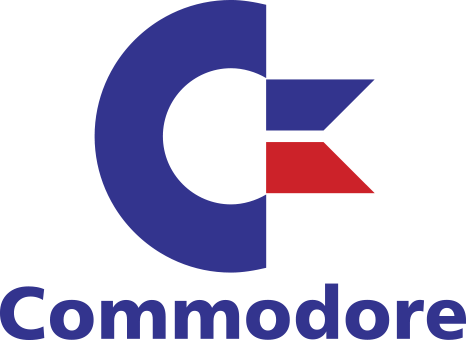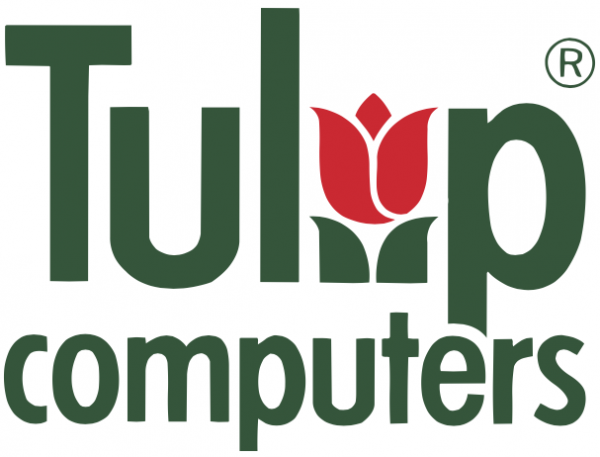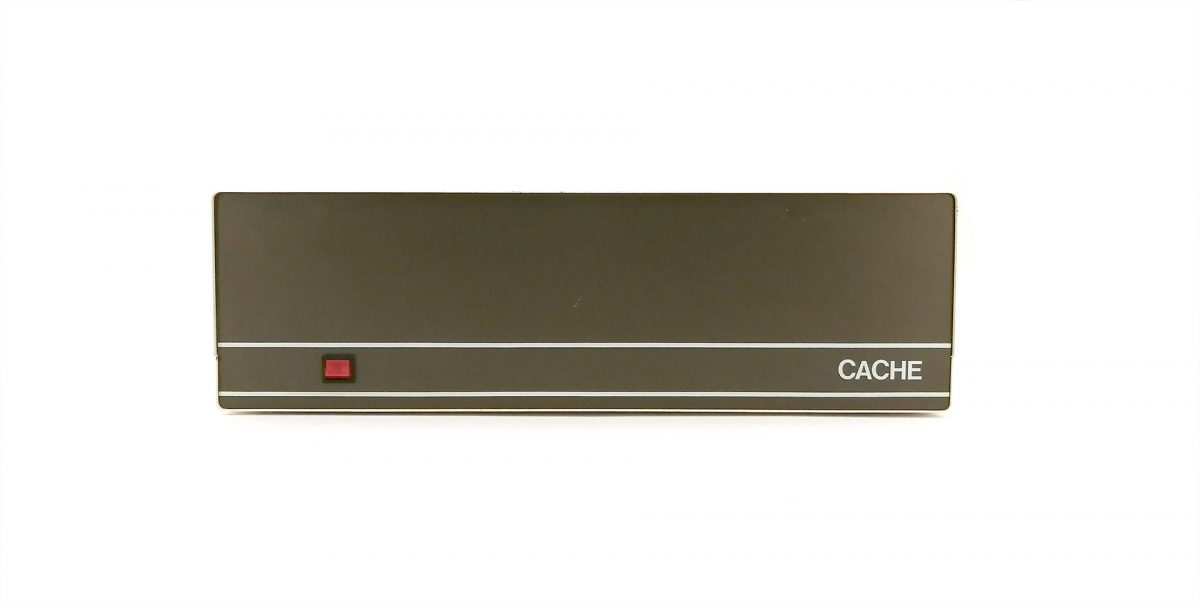CHE‑1
The information below was given to us by Eddy Odijk. One of the founders of the Computer Hobby Club Eindhoven and therefore one of the inventors of the CHE-1.
CHE‑1
The information below was given to us by Eddy Odijk. One of the founders of the Computer Hobby Club Eindhoven and therefore one of the inventors of the CHE-1.
The history of the CHE - Eddy Odijk - October 12, 2023
0. Introduction
At the end of 1981, a group of people at Philips' Nat Lab got the idea to build a home computer similar to the APPLE ][, but smaller and cheaper. Six months later, the design of the electronic circuit and the printed circuit board was ready, negotiations with component suppliers were completed, a construction and user manual was available and the first 500 tenderers could pick up their construction kit from (very appropriately) ... a garage in Eindhoven North.
This story tells the history of CHE as the computer and the association of builders and users were called: Computer Hobbyvereniging Eindhoven.
1. In brief
In the late 1970s, computing was still mainly a matter of large machines that stood in acclimatized rooms and spit out their results via large quantities of continuous forms.
The microprocessor was just making its debut. When I started at the Nat Lab in October 1978, I went straight to a 2650 microprocessor programming course. 2650 was the type number of the 8-bit microprocessor from Signetics, which was acquired by Philips Semiconductors in 1975.
In laboratory measurement setups, such a programmable processor often proved to be more useful than specifically designed hardware, and this created great interest in this new phenomenon among researchers and workshops. A “standard” printed circuit board (PCB) even came into circulation – the so-called Jaap card after the first name of its designer – allowing you to create a new measuring or control setup after a few hours of soldering and a few days of programming. had.
The home computer came on. Here the microprocessor was used to form a complete computer - with keyboard, floppy disk and monitor. Cheaper and less fast than a mainframe or minicomputer, but with an operating system and programming languages, making it possible to create applications at home.
The Apple ][ quickly became very popular, as a home computer but also as a workstation and – thanks to the option for plug-in cards – as a measuring/control station. By 1981, there were quite a few of them at the NatLab and a number of researchers wanted to have such a box at home. But the price was an obstacle: the Apple ][ cost around NLG 4,000, almost two gross monthly salaries of a starting computer scientist.
Now a few people at the Nat Lab had been working with Signetics' 82S100, the first FPLA (field-programmable logic array) available on the market. Such a chip contained a large number of logical functions and could therefore in principle replace a handful of the low-integrated TTL ICs that were also in the Apple ][. This allowed the number of components to be reduced and the surface area of the printed circuit board to be reduced. And if you could get a quantity discount from the component suppliers, because you bought more than 100 pieces of a component at a time, and the assembly costs could also be saved because the buyer would pick up the soldering iron himself. . . Yes, then the price of a complete home computer could be considerably lower.
After considerable negotiations with the suppliers, it turned out that the kit would cost NLG 500 and have a production run of about 500 pieces. And there were plenty of candidates for that price.

And so in July 1982, 500 construction kits were delivered from this garage in the Achtse Barrier in Eindhoven.
The packages consisted of a printed circuit board, a box of parts and a CHE-1 manual of 175 pages.
Then a keyboard was designed that was cheaper than commercial keyboards and had more functions, as well as a number of plug-in cards for, among other things, a floppy disk controller, a solid state memory and a printer buffer.
2. Design and delivery
Human memory is selective and fades over time. A number of events and people are still clear in my mind. Others may deserve a greater role than I have stated here: apologies in advance for that.
There was a close-knit club of young engineers at Natlab in 1980. Some had studied together at TH Twente. Most of them regularly went together in the evening to the Philips mensa in the Gagelstraat or the TU/e restaurant in the bunker.
Others worked in the support services in the WZ building at the NatLab, one person also at the CFT.
Together with a few others I worked at WB-3 and -4, the main building of the Physics Laboratory.
I don't know who had the idea that a significantly cheaper home computer would be possible. But at one point, an intern led by us was trying to reverse-engineer the Apple ][ and make the mapping from the scheme with many TTL circuits to an equivalent scheme with only one FPGA. That turned out to go well, and then Gert (with help to verify the wiring list?) started working with the soldering iron. An image that still stands out in my mind was that one evening in January 1982, a group of about ten people stood in Gert's dimly lit living room, watching as this hand-wired prototype CHE-1 began to show signs of life. (At that time the working name was still “PEER”).
Next, Leo and I received the components and wiring list. Leo was an experienced IC designer, and I had a large attic with a number of work tables. Our task is to transfer the lists to a wiring diagram for a 2-sided printed circuit board.
We did this work by drawing lines on a large sheet of paper with 2 colored pencils and making grommets. You often got stuck and then had to erase the last part and try to find another way.
That design went back to the others. Using the original wiring list, they did an independent check to see if Leo and I really hadn't made a mistake.
This gave us sufficient confidence that we had created an error-free design.
In the meantime, we had posted sign-up lists on the doors of our offices in the lab. Interested parties who wanted to participate for 500 guilders could register in this way. People in the circle of friends outside the lab and Philips were also touched by the enthusiasm and in a few months we had built up a list of about 200 prospective buyers.
At the time, the component wholesaler was happy to see you coming with such a number. Malchus from Schiedam and Texim from Haaksbergen were such companies with which competitive prices were agreed. That went so well that NatLab's purchasing department announced that we had received lower prices than they had.
Now 200 printed circuit boards were still needed. At Meulensteen BV - now Neways, but then still an SME supplier to Philips and other companies in the region - we were received with respect: Gerard Meulensteen had also worked at Philips.
But when we asked if they wanted to manufacture 200 copies, the polite question was whether we would not like to have a test copy first: "We have never had a design from Philips that was right the first time." We immediately ordered 200, and this design worked right away.
To exclude personal risks from the financial flows involved in all this, it was decided to set up an association. The founding meeting of the Computer Hobby Association Eindhoven took place on April 9 and the notarial deed of incorporation was passed on May 7.
The manuals were printed and placed in a beautiful black A4 ring binder with print. 200 brown cardboard boxes arrived and the entire collection of ordered components - from resistors and capacitors to ICs and plug-in connectors. Collection lines were organized in the attic to ensure that exactly the right amount of components ended up in all 200 boxes.
And then the garage door opened on a Saturday in June 1982 and all the packages were delivered in a few hours. A second edition of 450 copies followed in January 1983.
3. Association and organization
It was taken into account that not everyone could read the manual properly or use the soldering iron properly.
The foreword to the manual stated:
“For all of this, a small group of people have done a large amount of work. Some spent almost all their free time on it. With great pleasure, by the way. This pleasure can be further increased if all builders comply as much as possible with the following wishes of the board and the organizers:
- Everyone is assigned to a decurie (group of approximately 10 people). Try to solve your problems within the decurio and file the remaining problems with your decurio. This person can then contact the designers of the CHE-l or others who may have experience with a certain type of failure. No one should have to accept that their system is not functioning properly, but one should only ask the designers for advice as a last resort, simply because otherwise they would become severely overloaded.”
The decurie structure helped to bring problems to the core team in a structured manner. The burden on team members remained, because they often also took on the role of decurio.
However, the recipients of so many beautiful things were appealed to also give something back:
- “One learns the most from one's mistakes. Each member must consider it his moral duty to give something back after everything that has already been done for him/her by other members. This can be done, among other things, by recording all educational experiences, suggestions for improvements, etc. and sending them to the TSJEE editorial team. The result should be that this manual is expanded with the publication of each new issue of the association magazine TSJEE.”
The delivery of the CHE-1 was not an end point, but rather a beginning for further developments. To provide structure, the Computer Hobby Association Eindhoven was founded. The original team members formed the board. My role was coordinator.
The association also published a magazine every 2 to 3 months, with about 30 to 50 pages. The name of the magazine: “Tsjee”, with a nod to Remco Campert's “Tjeempie”.
This magazine was sent by post to all 500+ members.
On December 18, 1982, the first members meeting was held in the community center “De Nieuwe Kekt” in Eindhoven.
“To enable the members of the Eindhoven region to attend the big event, the meeting will be held in the afternoon. Our intention is to divide the available time into an official part with an unofficial part before and after. We invite those who participated in the first CHE action to the meeting for the official part, the rest of the members to the meeting afterwards.”
In the official part - with 180 of the 500 members present - the sitting board was re-elected, the annual contribution was set at NLG 15 and the internal regulations were approved. In the unofficial part, “we want to emphasize the introduction between members, activists and the board”. Activists in this case were “people from the working groups, editorial members of the association body, board members and experts for technical CHE questions”. In addition, some CHE applications were shown as well as keyboard and power supply for the second CHE round.
The activists were busy: there was a Mini Digital Cassette Recorder working group, a floppy disk interface working group (CHID), a keyboard working group (Cherry), a serial interface working group and a graphics working group.
To maintain the quality of internal services, a temporary membership freeze was imposed, with the simultaneous information that the print and all information would be shared with other clubs. By mid-1983, four new clubs had emerged with names such as “het Vrij-gezellig computer association” and “computer hobby association bit by bit”.
At the second members' meeting in June 1983, financial accountability was provided.
On a total turnover (contributions, interest and donations, profit on the first around CHE-1) of NLG 11,400, a profit of NLG 3,412 was made.
In that meeting a “serious conflict” arose about whether or not to allow the association to grow further and, linked to this, the question of whether there should be a third round of CHEs. The current board preferred to use the limited active group for innovations and expansions, while others wanted to “continue working for people who do not yet have a system”.
In the next CEE of August 1983, that struggle was continued in articles of administration and “dissidents”. Fortunately, the rest of the magazine was filled with technical articles, such as an explanation of Basicode that was used by the radio program Hobbyscoop to share 2 programs via Hilversum. Furthermore, the editor of the magazine calculates that the editors spend approximately 900 man hours annually on creating the magazine.
The social consequences of the rise of the home computer also receive plenty of attention in the TSJEE. Under the title “Attention computer widows, your chance is now” it is explained that “with the introduction of the home computer, the computer widow was created. But the ladies can get their nerd back again thanks to the magnetically sensitive floppy disk, which is now on sale at CHE.
After a number of 'useful' instructions it was concluded with “And finally, please clean up his mess. You place the floppy disks in the cabinet under the speaker boxes, because that is nice and low. At least then the children can also play foursomes with those nonsense so that they at least serve some purpose. You place the monitor on its wooden cabinet with disk drives. If he continues to enjoy computing, he is very persistent because it is almost impossible to maintain such a workable system.”
That disk drive was a requirement for running a programming language like Pascal, and there was a lot of interest in it, especially when TELEAC started broadcasting an 18-part course on Nederland 1. CHE members could purchase the course book with a 35% discount.
In November 1983, a number of early board members resigned, including the undersigned.
That's where the paper memory in the form of saved TSHEE publications ends.
That also means the end of this report.
The world moved on. At the Nat Lab we started working on parallel computers. For that work we replaced the IBM terminals with Unix-based SUN workstations, with a 32-bit 68020 microprocessor (and in subsequent generations a SPARC processor). This created the need to buy something new at home, and the ATARI ST 520 became the new showpiece with its Motorola 68000 and graphical interface.
In 2023 I discovered that, in addition to the CHE computer that was still in the attic, I also had an unplastered original circuit board of Meulensteen's first badge. I donated it to the HomeComputerMuseum in Helmond in spring 2023.




